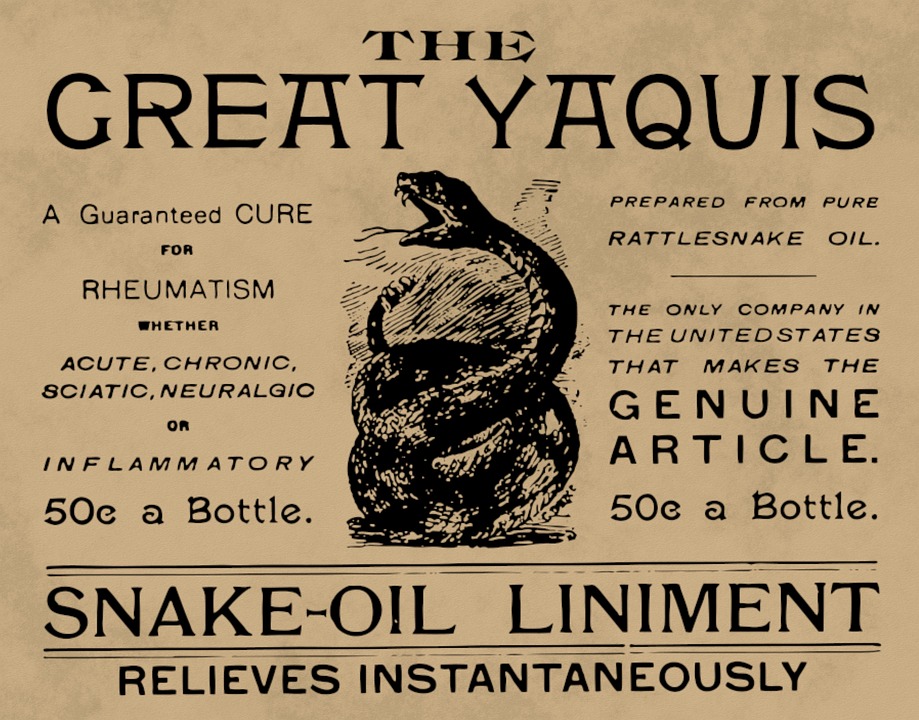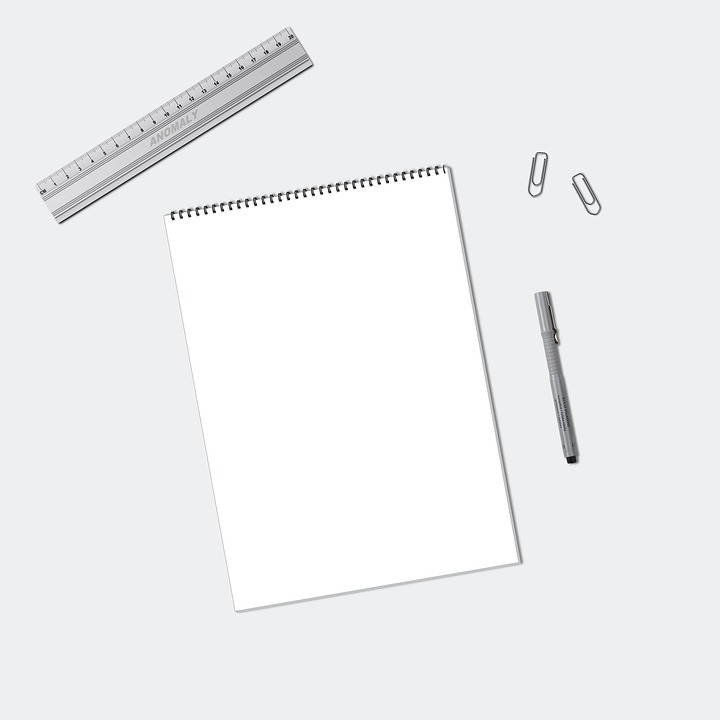Mastering PHP Web Design: Essential Tips and Tricks
In today’s digital age, having a strong online presence is crucial for businesses and individuals alike. A well-designed website can make all the difference in attracting and retaining customers. PHP (Hypertext Preprocessor) is a popular programming language that enables developers to create dynamic and interactive websites. If you are looking to master PHP web design, this article will provide you with essential tips and tricks to help you get started.
1. Understand the Basics of PHP:
Before diving into PHP web design, it is important to have a solid understanding of the basics. PHP is a server-side scripting language, meaning it is executed on the server before being sent to the client’s browser. Familiarize yourself with PHP’s syntax, variables, data types, operators, and control structures. Building a strong foundation will make it easier to tackle more complex concepts.
2. Choose the Right PHP Framework:
PHP frameworks provide a structured environment for developing web applications. They offer a range of features and tools that simplify the development process. Some popular PHP frameworks include Laravel, Symfony, and CodeIgniter. Research and choose a framework that aligns with your project requirements and personal preference. Learning and mastering a framework will enhance your efficiency and productivity as a PHP developer.
3. Use Object-Oriented Programming (OOP) Principles:
Object-oriented programming is a programming paradigm that focuses on creating reusable code in the form of objects. By implementing OOP principles in your PHP web design, you can improve the maintainability and scalability of your code. Learn about classes, objects, inheritance, encapsulation, and polymorphism. OOP will enable you to write cleaner, more organized, and modular code.
4. Practice Secure Coding:
Security is of utmost importance in web development. As a PHP web designer, it is essential to follow best practices to protect your website and its users from potential threats. Sanitize user input, validate form data, and prevent SQL injection and cross-site scripting attacks. Stay updated with the latest security vulnerabilities and patches. Adhering to secure coding practices will help you build robust and reliable web applications.
5. Optimize Your Code:
Efficient code is crucial for enhancing the performance of your website. Optimize your PHP code by minimizing database queries, caching data, and using appropriate indexing techniques. Use tools like Xdebug and Profiler to identify bottlenecks and improve code efficiency. Additionally, ensure that your HTML, CSS, and JavaScript files are minified and compressed to reduce load times. A faster website will provide a better user experience and improve search engine rankings.
6. Utilize PHP Libraries and Packages:
PHP has a vast ecosystem of libraries and packages that can significantly speed up your development process. Instead of reinventing the wheel, leverage existing solutions for common functionalities like image manipulation, file uploading, authentication, and payment gateways. Composer, a dependency management tool for PHP, allows you to easily install and manage third-party libraries. Using well-tested and widely adopted packages will save you time and effort.
7. Implement a Version Control System:
Version control systems like Git are essential for managing and tracking changes to your codebase. They enable you to collaborate with other developers, roll back to previous versions, and maintain a history of your project. Familiarize yourself with Git commands and workflows, such as branching and merging. Hosting platforms like GitHub and Bitbucket provide a user-friendly interface to manage your repositories.
8. Continuous Integration and Deployment:
Automating your development workflow can save time and reduce the chance of errors. Continuous Integration (CI) and Continuous Deployment (CD) tools like Jenkins, Travis CI, and GitLab CI/CD allow you to automate tasks such as running tests, building and deploying your application. By integrating these tools into your PHP web design workflow, you can streamline your development process and ensure consistent code quality.
9. Stay Updated with PHP Trends and Best Practices:
PHP is a constantly evolving language, and it is crucial to stay updated with the latest trends and best practices. Follow PHP blogs, participate in online communities, and attend conferences to expand your knowledge and network with other PHP developers. Regularly updating your skills will help you stay competitive in the ever-changing web development industry.
10. Practice, Practice, Practice:
As with any skill, practice is key to mastering PHP web design. Build small projects, experiment with different features, and challenge yourself with complex tasks. Take on freelance projects or contribute to open-source projects to gain practical experience. The more you practice, the more confident and proficient you will become in PHP web design.
In conclusion, mastering PHP web design is a journey that requires continuous learning and practice. By understanding the basics, choosing the right tools, following best practices, and staying updated with the latest trends, you can become a proficient PHP web designer. Embrace the challenges, be curious, and never stop learning. Happy coding!





